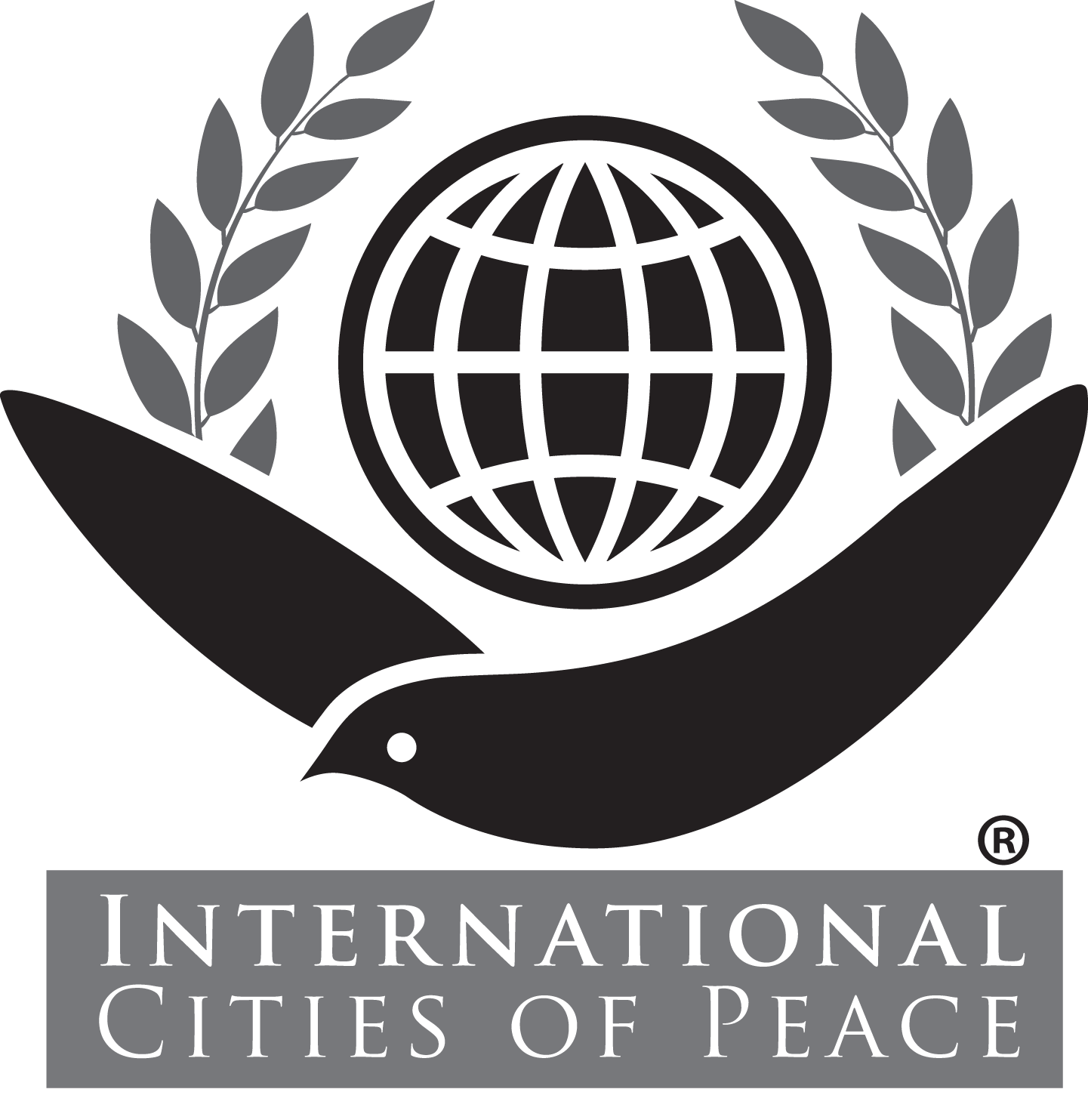Serbian Peace Cities on the Danube
We welcome the leaders and citizens of the “Danube for Peace” collaboration of International Cities of Peace throughout Serbia. The intent of the initiative is to ensure inclusive and quality education and promote lifelong learning opportunities for everyone. The Cities of Peace along the Danube will promote sustainable development, improve and sustain life styles, human rights, gender equality, and promote a culture of peace and nonviolence, belonging to the global community, respect for cultural diversity and cultural contribution to sustainable development.
Sponsored by the Media Education Centre in Serbia with the mission to promote role of the media, peace and information literacy in the transition to sustainable ways of living and a global society founded on a shared ethical framework that includes respect and care for the community of life, new media pedagogy, ecological integrity, universal human rights, respect for diversity, economic justice, democracy, and a culture of peace.
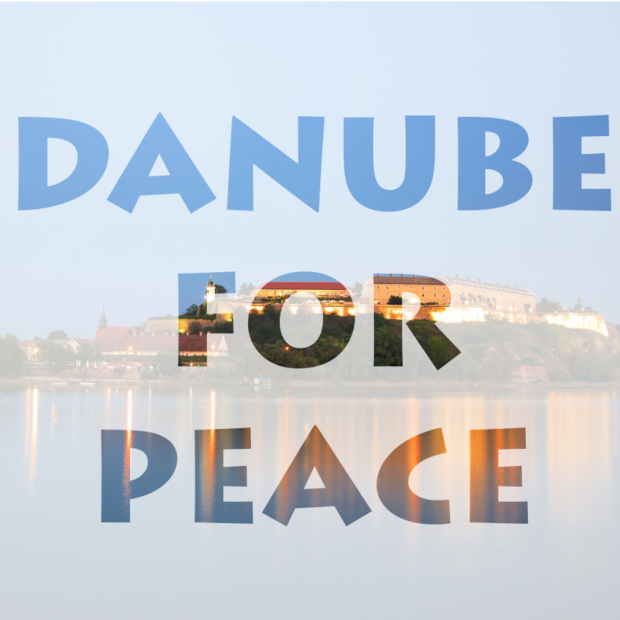
Note: Introduction page with information primarily at the time of joining International Cities of Peace. For updates, please contact the liaison.
ABOUT THE ROTARY COMMUNITY CORPS
The Rotary Community Corps’ “Commitment for Future” program was created in the RID 2483 by three Rotary Peacebuilders Clubs: RC Stari Becej, RC Sombor and RC Veliko Gradiste. Two other cities, Belgrade and Novi Sad are added to the “Peace on Danube” program and have been established as International Cities of Peace.
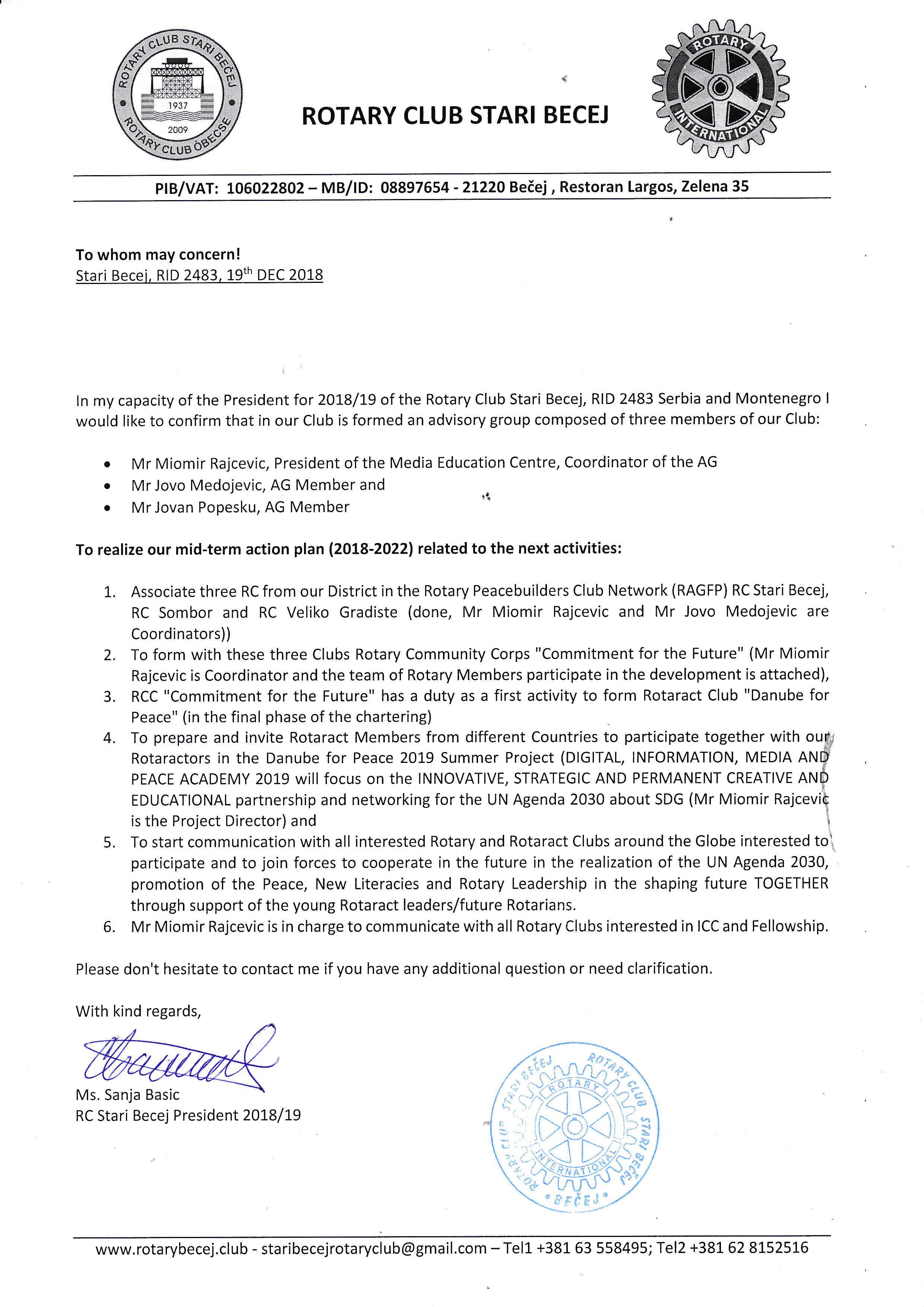
CREDO
• Empower Youth: Preparing young people to solve the world’s greatest challenges is necessary to achieve the UN Agenda 2030 Sustainable Development Goals. The “Commitment for the Future” brings together different perspectives and approaches in values-based education to provide a forum to examine the skills and competencies needed to be world citizens.
• Supporting Education is a key component of strategies to promote sustainable development and peace. “Commitment for the Future” goal is to strengthen the capacity of communities to support education for the 21st century and new literacies, to reduce gender disparity in education, and increase lifelong learning.
• Promoting Peace Literacy: PEACE not only changes lives, but it also saves them! “Commitment for the Future” will promote and support the development of all necessary skills to strengthen peace efforts, train local leaders to prevent and mediate conflict, and support long-term peacebuilding in Serbia, Balkans, Danube Region and wider. Investing in literacy programs is a sensible and essential development choice.
LETTERS OF INTENT
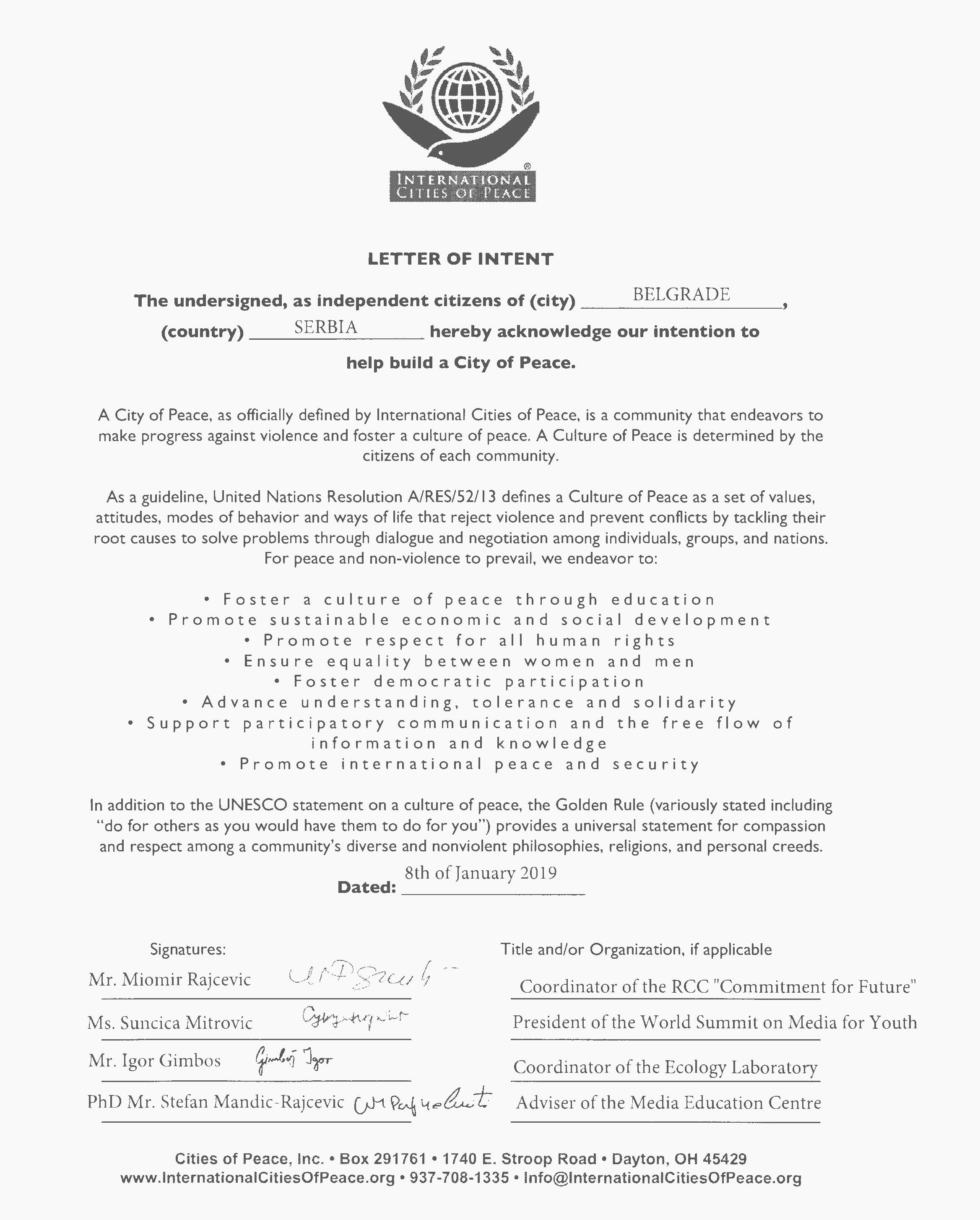
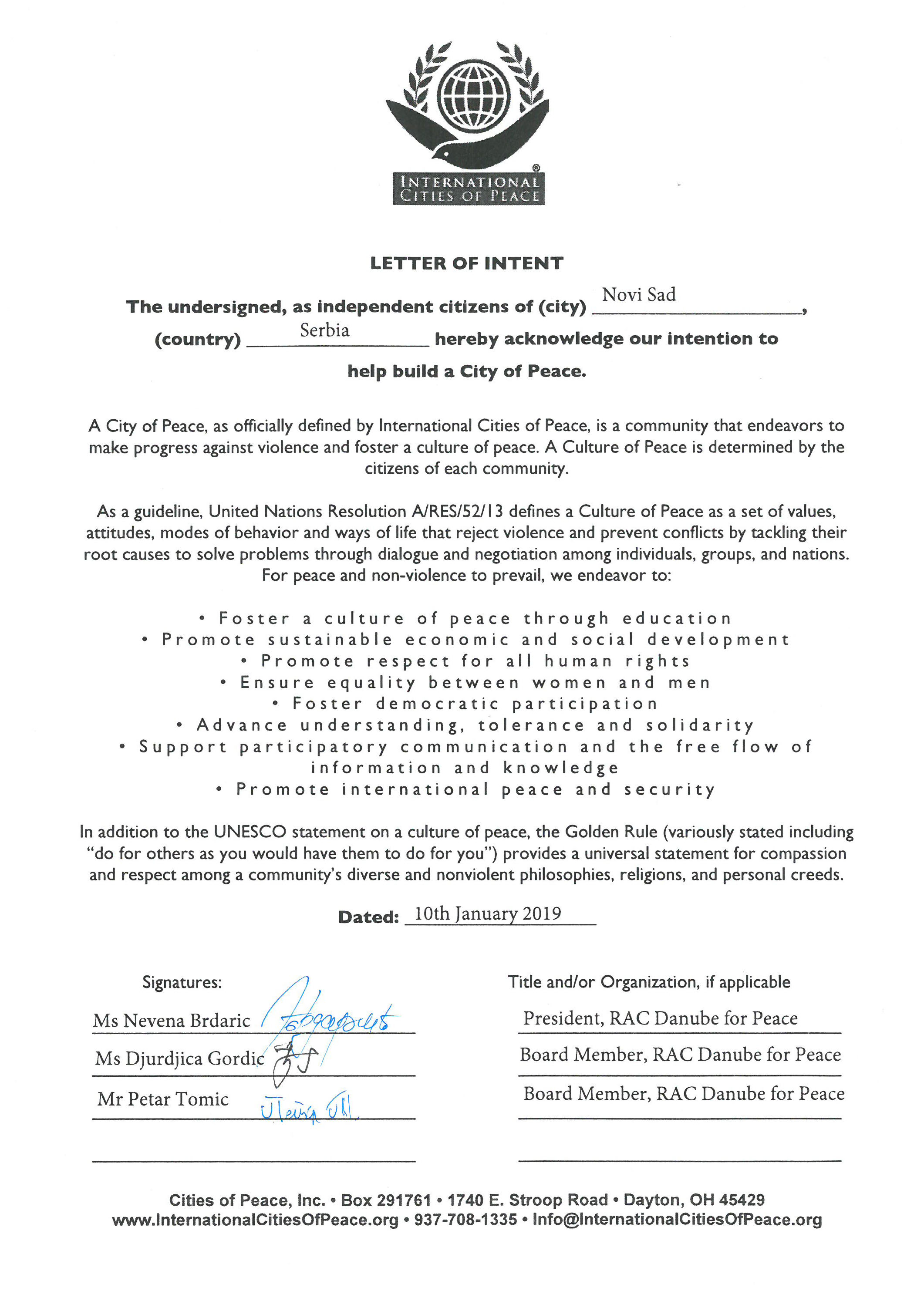
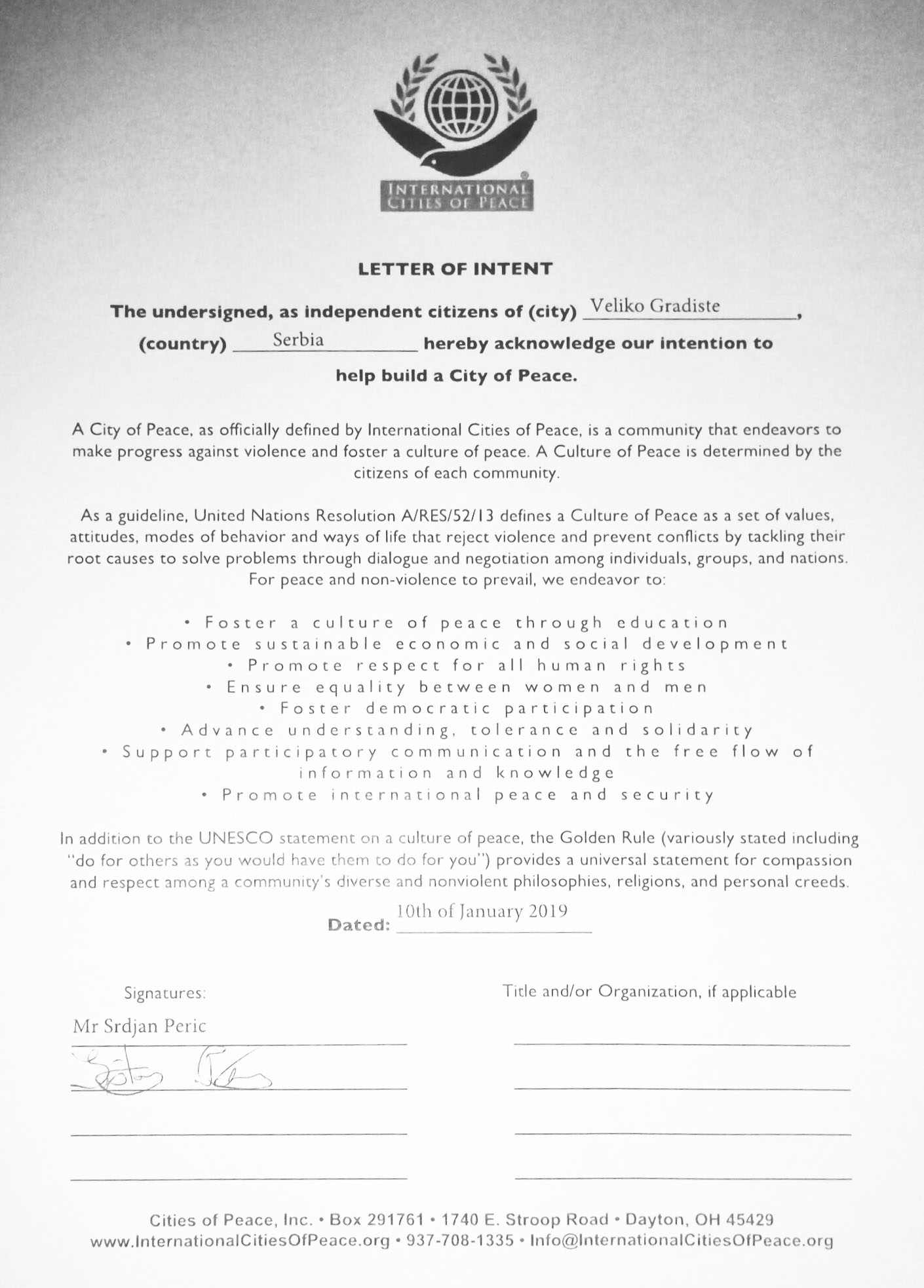
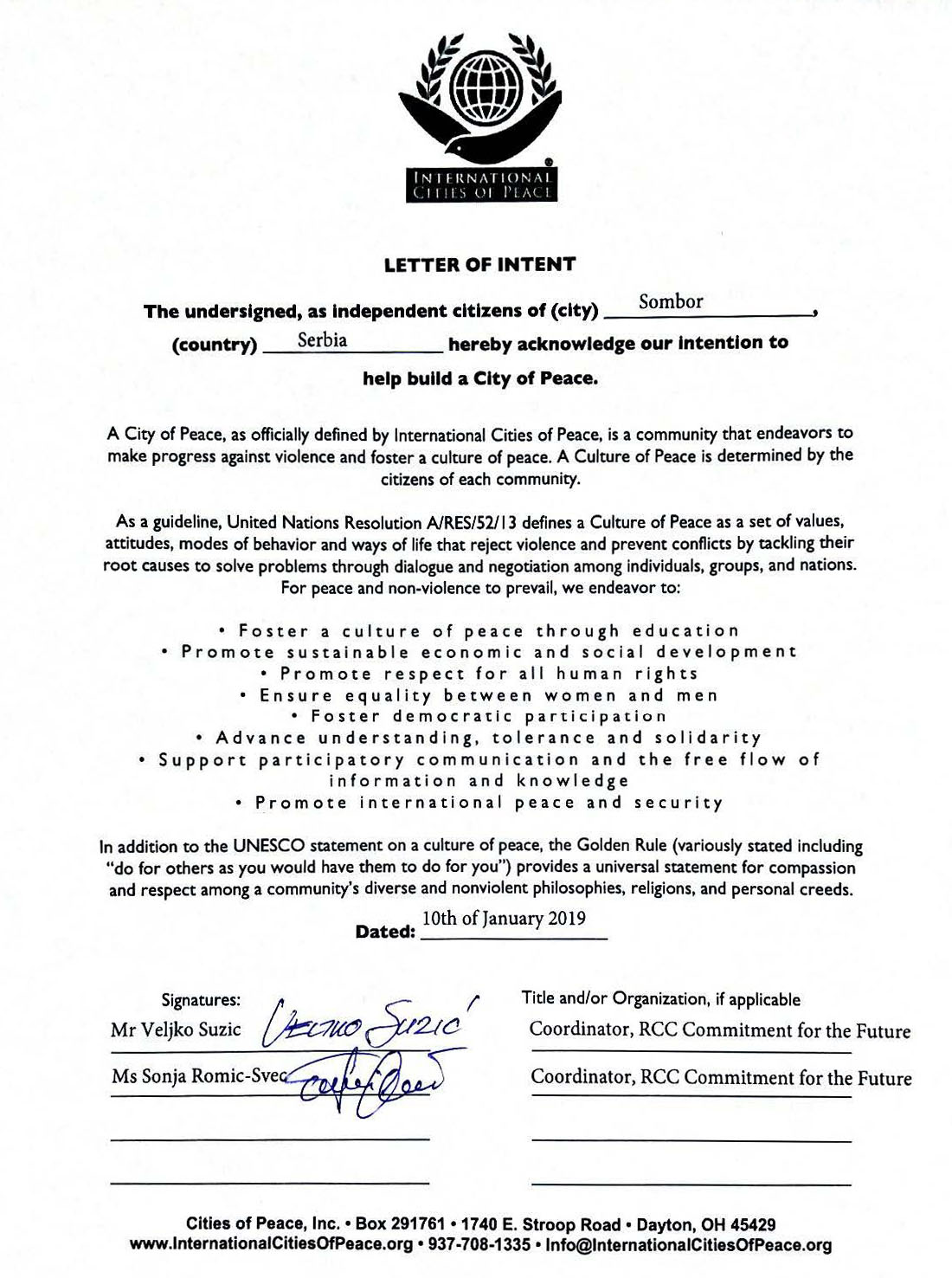
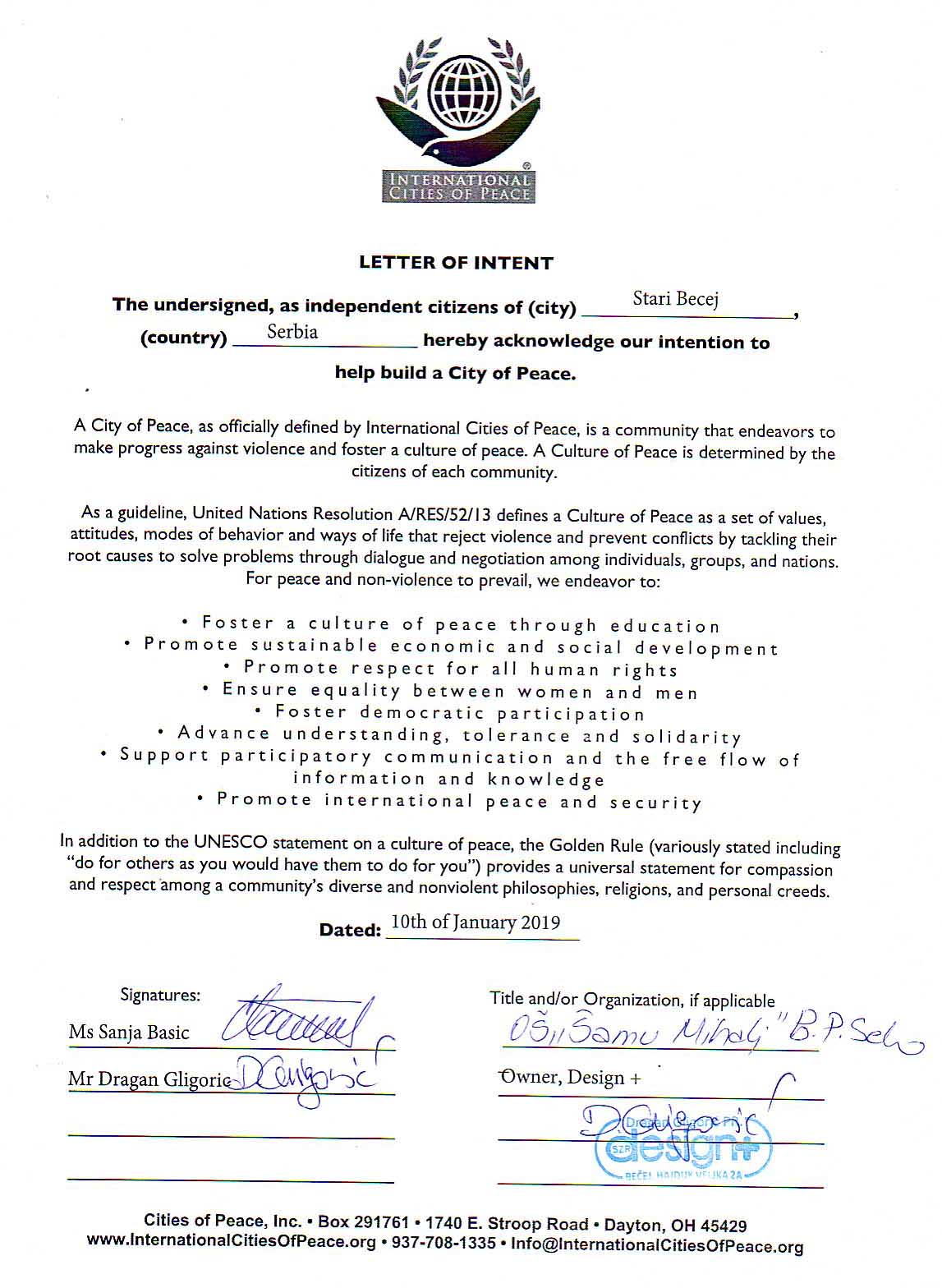
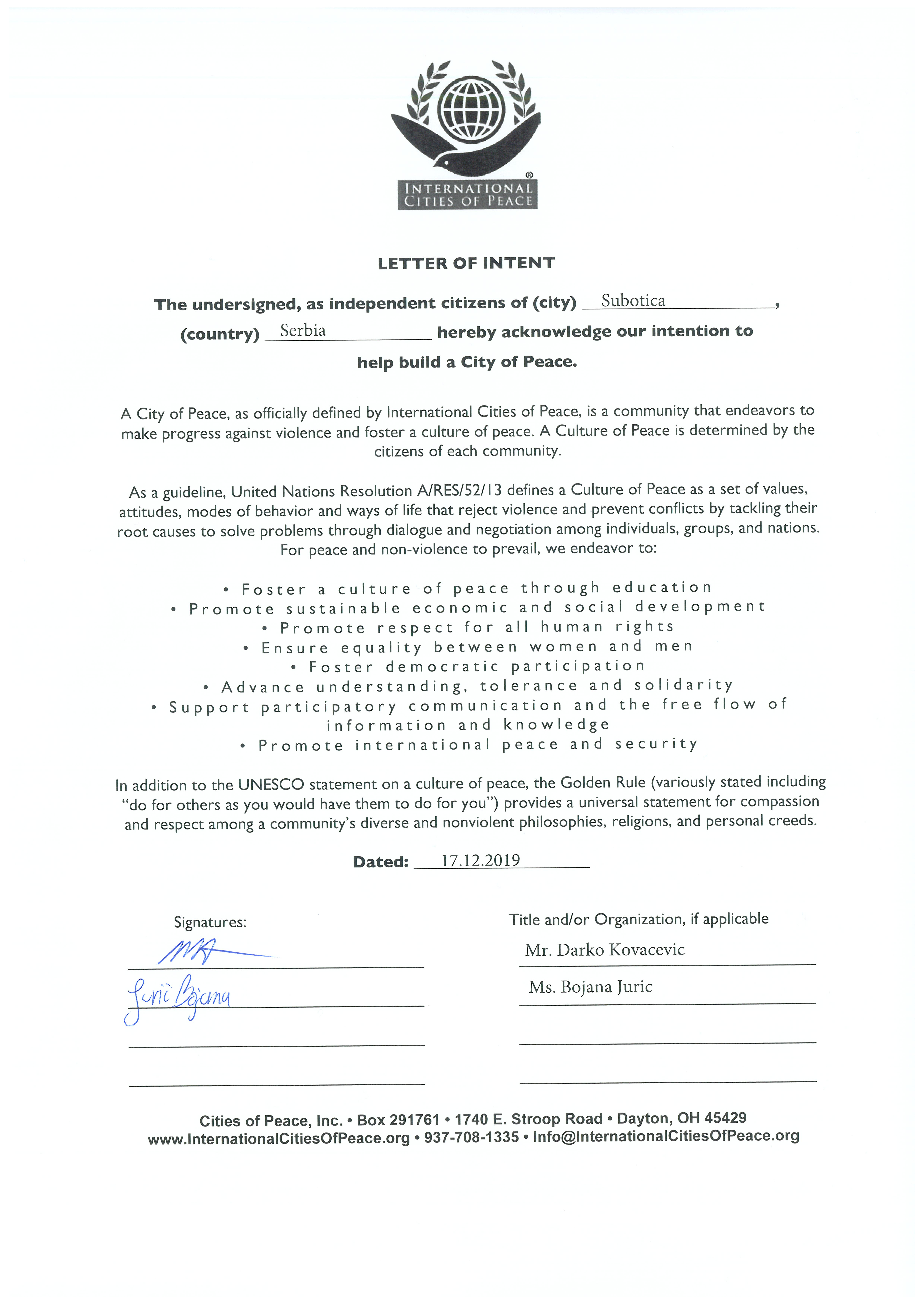
ABOUT THE LIAISONS
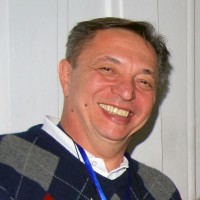
Miomir Rajcevic has, like director, scriptwriter and cinematographer, more than 40 years’ experience in filming and producing 16mm and 35mm films for TV in several hundred projects covering documentaries, educational, theatrical, art and news reports, short and animated films, digital and multimedia professional and educational productions. Author of TV serial about young people, PORTRAITS and TV serial TRIPTYCH about young people with special needs.
Organized-participated in many media and information literacy workshops in Serbia, South Korea, Iran, Italy, Bosnia and Herzegovina, Kosovo, Greece, Slovakia, Slovenia and USA with focus on media, film, animation and multimedia like strong artistic tool for social changing, promoting diversity and interculturality… Always very much involved in work with children and young people (young directors, presenters and actors) specially producing for young people in many serials, Miomir Rajcevic starts to developing animation like great tool for media literacy and media education during the AGORA Audio Video Forum for Youth in Thessaloniki, Greece 1997. With experience he has from different International Media Workshops, in collaboration with many School of Animation, he implemented numbers of animation workshops in Serbia and around the Globe: from the World Summit on Media for Children 2001 in Thessaloniki, Greece via many World Summit’s on Media for Youth 2006-2018 and different International, Balkan’s and National Media Workshops in Serbia. New Sailing Digital, Design, Information Media and Peace Classroom is Danube Peace Boat E.U.R.O.P.E. with Danube for Peace and Danube Waves Media, Design and Art Academy where Digital, Information, Film and Media Literacy is main tool for education, communication and participation in the UN Agenda 2030 of sustainable development
Miomir Rajcevic is at the moment President of the Media Education Centre (MEC), Head of Media and Eco Laboratory; Chairman of the Serbian “Unity in Diversity World Civil Society”, Project Manager of the Danube Peace Boat-Danube for Peace 2015-2020 Project, member of the UNESCO-GAPMIL Steering Committee, representative of the MEC in European Association for Viewers Interest, member of the Artistic Council of the Series Balkans Pilot Projects and National Coordinator for “Commitment for the Future” and “Media and Information Literacy for Sustainable Development”.
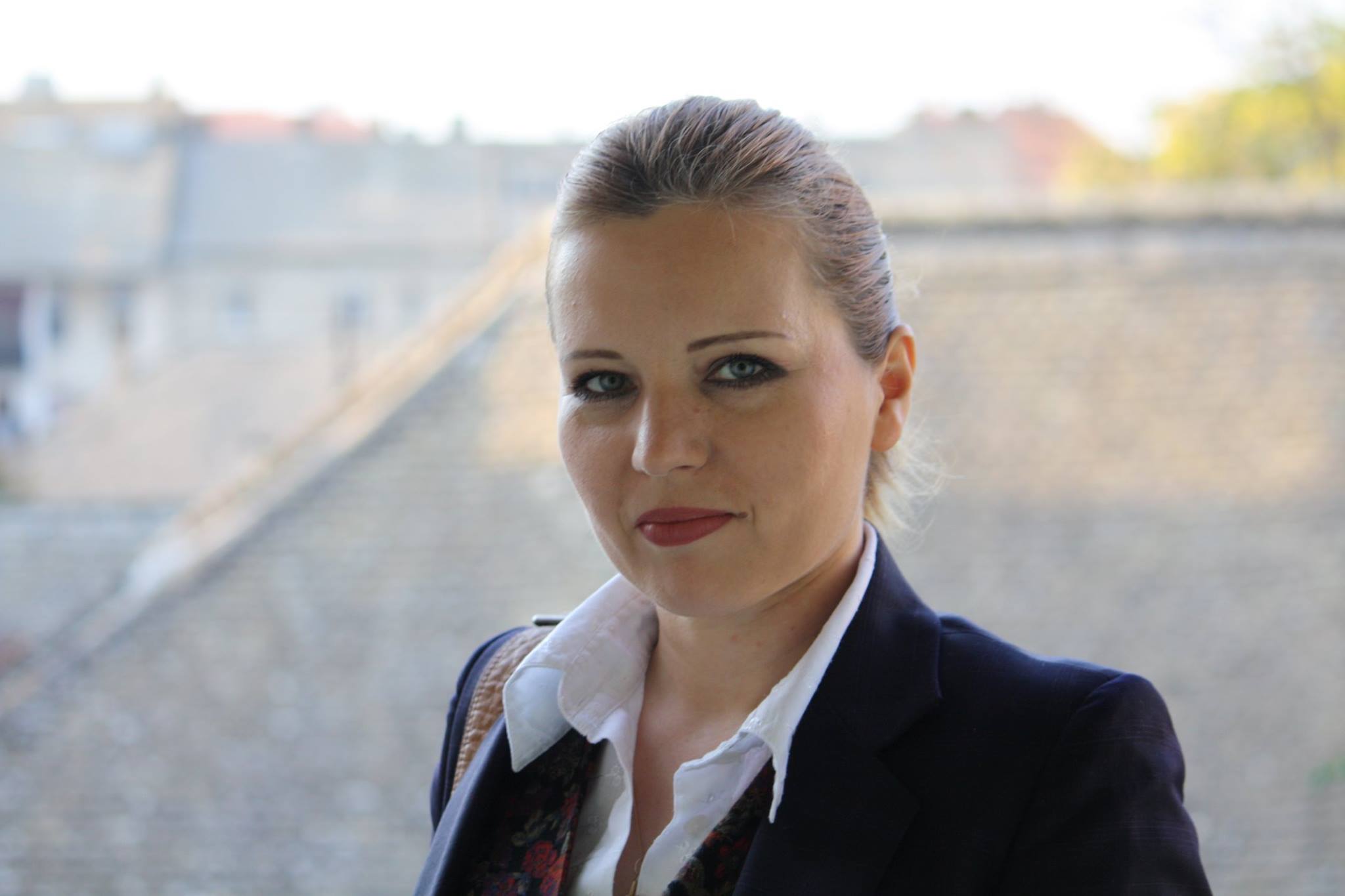
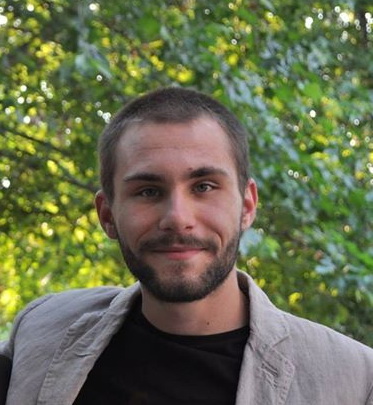
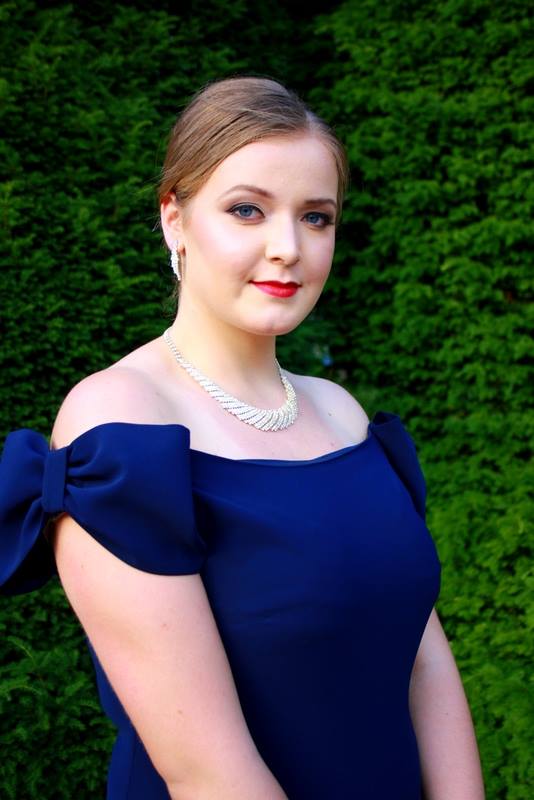
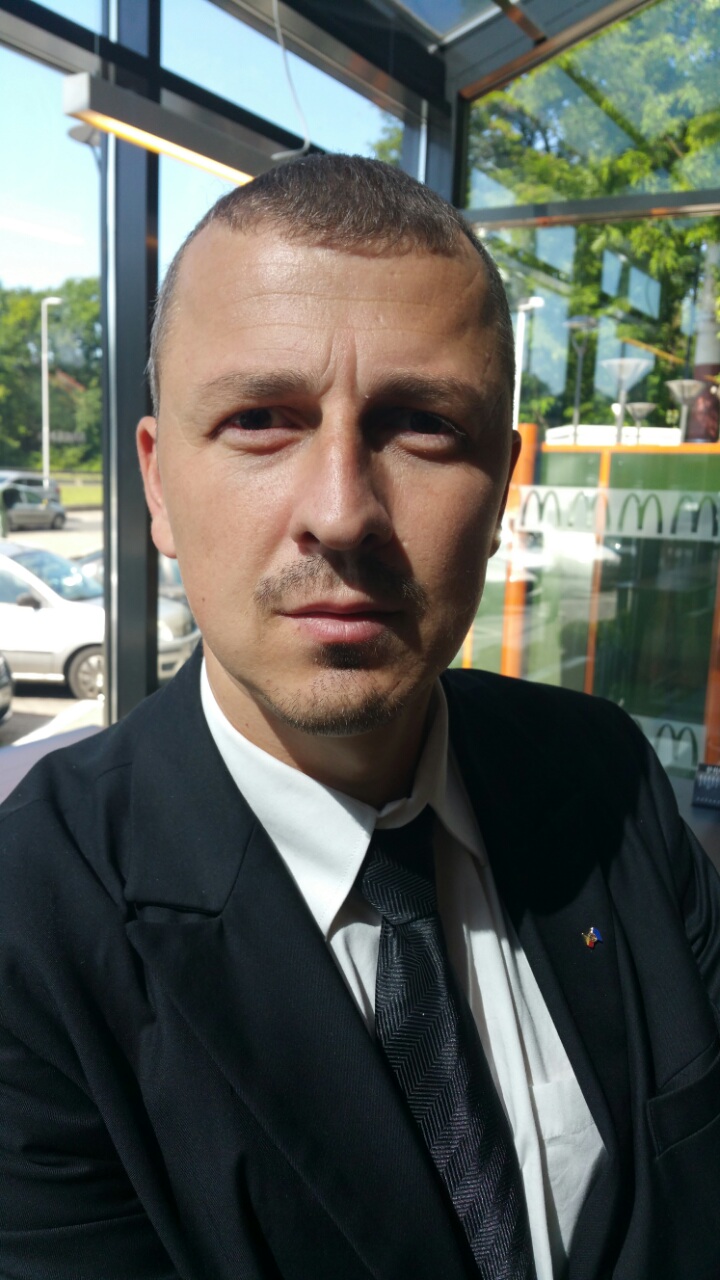
Subotica, Serbia: City of Peace
Representatives: Mr Darko Kovačevic and Ms Bojana Juric
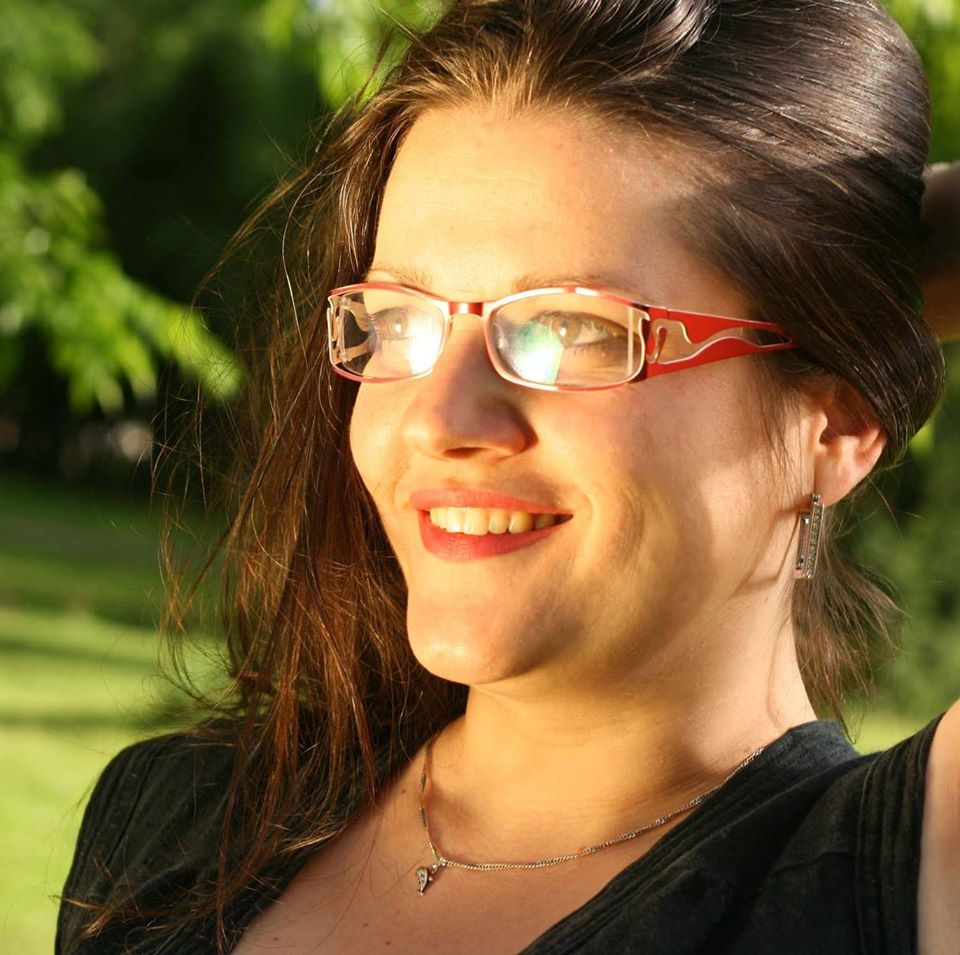
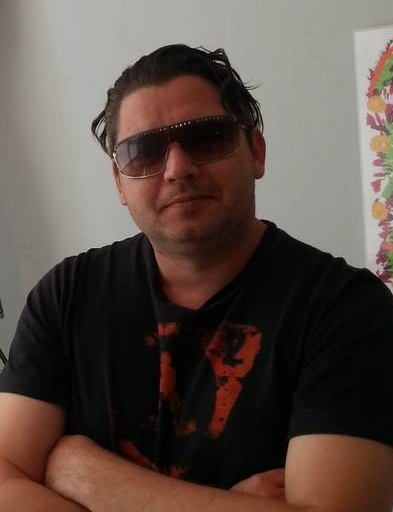
A consensus on media and information literacy (MIL) as the impetus for addressing numerous contemporary challenges was reached among all key government ministries in Serbia. Their strong commitment to MIL development was demonstrated at UNESCO and European Commission-supported National Consultations on MIL policies and strategies, held in Serbia’s capital, Belgrade on 9 March.
“In the development of new Media Strategy, Ministry of Culture and Information will devote specific attention to further institutional development of media literacy,” said Nino Brajovic, State Secretary for information and media in the Ministry of Culture and Information in Serbia. He added that MIL is “one of the conditions for the enhancement of culture of information and dialogue in a society”.
Road map for MIL in Serbia
Consultations were led by Media Education Center (MEC), Ministry of Youth and Sport, Ministry of Education, Science and Technological Development, Ministry of Culture and Information, with support with the Ministry of Trade, Tourism and Telecommunications, Ministry of Foreign Affairs and National Commission of the Republic of Serbia for UNESCO. The multi-stakeholder event discussed opportunities and gaps of national MIL policies and strategies.
Specific recommendations and a roadmap for MIL development came out of this meeting.
“In the context of speeches and discussions that came from ministry representatives, we can expect the positive outcome of these consultations in successful development of policy and strategy of MIL in Serbia,” said Miomir Rajcevic, Director of MEC. Throughout the sessions, many different mechanisms were explored for MIL as a key for development of critical thinking. Participants emphasized the current media and information context, challenged with global realities of fake news emerging mainly through social media by different information providers. The assessment of all information is becoming increasingly complicated for all generations.
“We have to educate people in the path towards critical and analytical assessment of information that is transmitted to us, because many things are often not true, or not acceptable for certain age groups. In that sense, we concluded at the consultations that IT education in schools must have a segment of media literacy,” said Mr Brajovic, from the Ministry of Culture and Information.
The discussion also highlighted the importance of citizen participation in MIL. Specifically, this was explored through the role of the Coalition of Information and Media Users in South East Europe (CIMU SEE), led by South East European Network of Professionalization of Media (link is external) (SEENPM). CIMU SEE is one component of the European Commission and UNESCO supported project “Building Trust in Media in South East Europe and Turkey”.
Sustainable public policies as foundation for MIL
National consultations are one of several important steps in the roadmap for MIL development in Serbia. Policy and strategy recommendations from the national consultations will be assembled jointly with cooperating ministries and reflected in the Position Paper.
“Policies are the foundation for MIL development. They are needed across the society. The public support for MIL needs to be articulated through strategic decisions grounded in specific policy solutions. They are needed at the national level, led by government and with multi-stakeholder participation,” concluded Alton Grizzle, UNESCO’s Programme Specialist, with direct responsibility for MIL.
CONTACT INFORMATION
To contact or support this initiative:
miomir.rajcevic@mediaeducationcentre.eu
Miomir Rajčević
ABOUT THE CITIES (from Wikipedia)
Serbia is a country situated at the crossroads of Central and Southeast Europe in the southern Pannonian Plain and the central Balkans. The sovereign state borders Hungary to the north, Romania to the northeast, Bulgaria to the southeast, Macedonia to the south, Croatia, Bosnia and Herzegovina, and Montenegro to the southwest. The country claims a border with Albania through the disputed territory of Kosovo. Serbia numbers around 7 million residents. Its capital, Belgrade, ranks among the oldest and largest cities in southeastern Europe
BELGRADE, SERBIA
Belgrade is the capital and largest city of Serbia. It is located at the confluence of the Sava and Danube rivers, where the Pannonian Plain meets the Balkans. The urban area of the City of Belgrade has a population of 1.23 million, while nearly 1.7 million people live within its administrative limits.
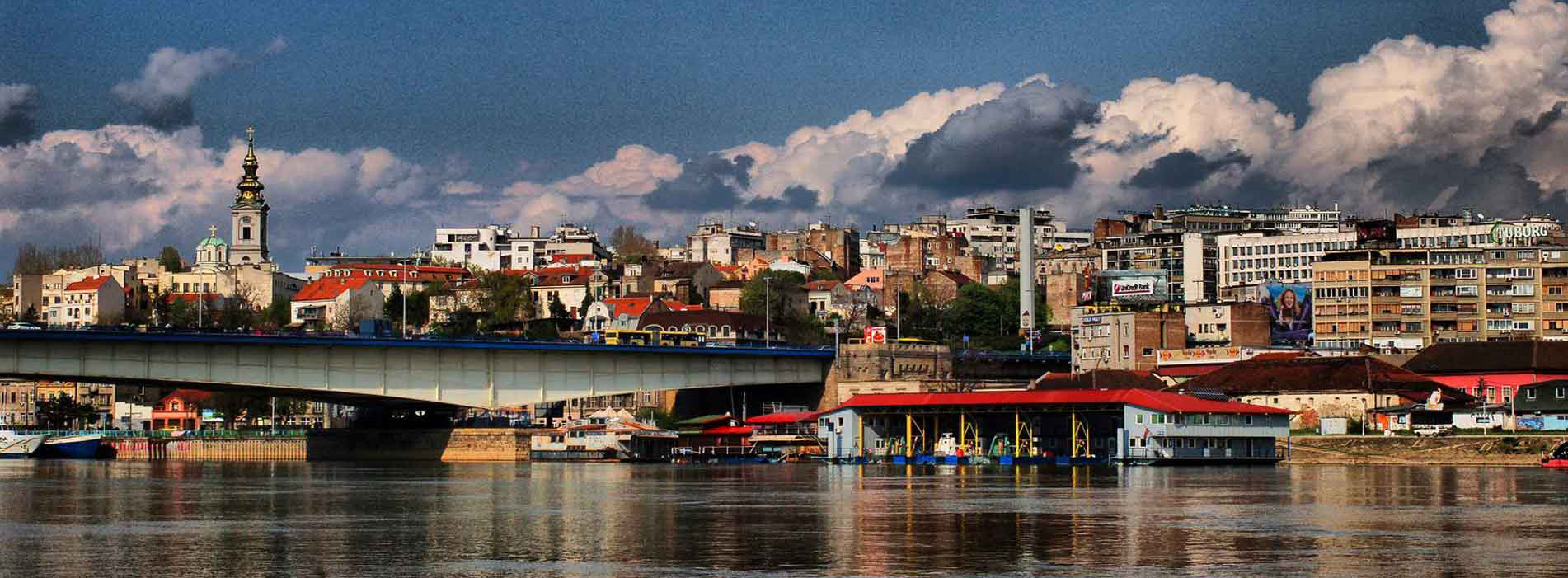
One of the most important prehistoric cultures of Europe, the Vinča culture, evolved within the Belgrade area in the 6th millennium BC. In antiquity, Thraco–Dacians inhabited the region and after 279 BC Celts conquered the city, naming it Singidūn. It was conquered by the Romans during the reign of Augustus, and awarded city rights in the mid-2nd century. It was settled by the Slavs in the 520s, and changed hands several times between the Byzantine Empire, Frankish Empire, Bulgarian Empire and Kingdom of Hungary before it became the capital of Serbian king Stephen Dragutin (1282–1316). In 1521, Belgrade was conquered by the Ottoman Empire and became the seat of the Sanjak of Smederevo. It frequently passed from Ottoman to Habsburg rule, which saw the destruction of most of the city during the Austro-Ottoman wars. Belgrade was again named the capital of Serbia in 1841. Northern Belgrade remained the southernmost Habsburg post until 1918, when the city was reunited. As a strategic location, the city was battled over in 115 wars and razed 44 times. Belgrade was the capital of Yugoslavia from its creation in 1918 to its dissolution in 2006.
Belgrade has a special administrative status within Serbia and it is one of five statistical regions of Serbia. Its metropolitan territory is divided into 17 municipalities, each with its own local council. The city of Belgrade covers 3.6% of Serbia’s territory, and around 24% of the country’s population lives within its administrative limits. It is classified as a Beta-Global City.
The first historical record about the city is from 1340. The city was administered by the Kingdom of Hungary until the 16th century, when it became part of the Ottoman Empire. During the establishment of Ottoman authority, local Hungarian population left from this region. During the Ottoman administration, the city was populated mostly by ethnic Serbs. It was called “Sonbor” during Ottoman administration and was a “kaza centre” in Sanjak of Segedin at first in Budin Province till 1596, and then in Eğri Province between 1596 and 1687.
The first historical record about the city is from 1340. The city was administered by the Kingdom of Hungary until the 16th century, when it became part of the Ottoman Empire. During the establishment of Ottoman authority, local Hungarian population left from this region. During the Ottoman administration, the city was populated mostly by ethnic Serbs. It was called “Sonbor” during Ottoman administration and was a “kaza centre” in Sanjak of Segedin at first in Budin Province till 1596, and then in Eğri Province between 1596 and 1687.
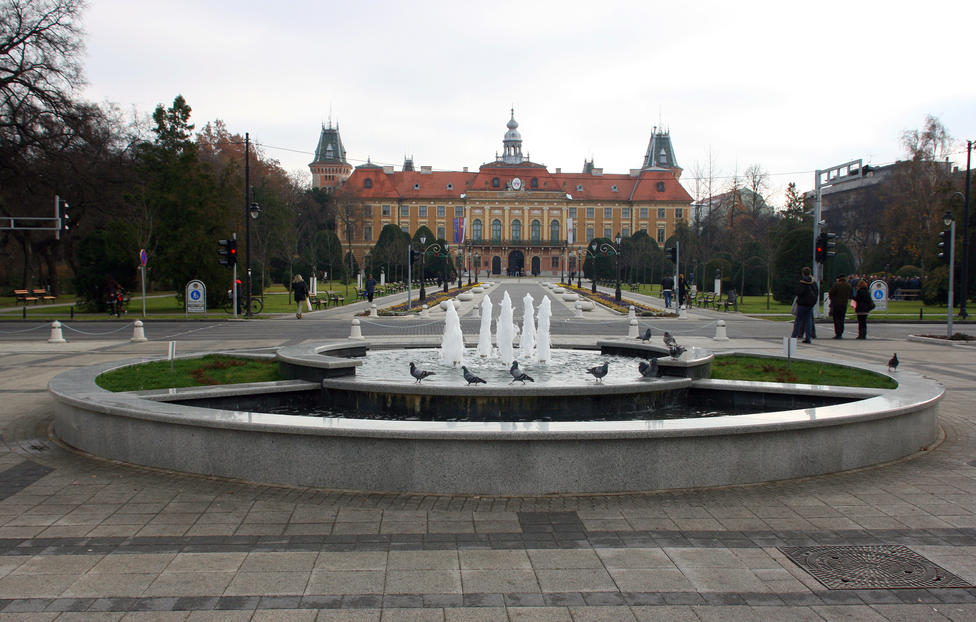
In 1665, a well-known traveller, Evlia Celebi, visited Sombor and wrote: “All the folk (in the city) are not Hungarian, but Wallachian-Christian (Serb). These places are something special; they do not belong to Hungary but are a part of Backa and Wallachia. Most of the inhabitants are traders, and all of them wear frontiersmen clothes; they are very polite and brave people.” According to Celebi, the city had 200 shops, 14 mosques and about 2,000 houses.
According to the 1843 data, Sombor had 21,086 inhabitants, of whom 11,897 were Orthodox Christians, 9,082 Roman Catholics, 56 Jewish, and 51 Protestants. The main language spoken in the city at this time was Serbian, and the second largest language was German. In 1848/1849, Sombor was part of the Serbian Vojvodina, a Serb autonomous region within Austrian Empire, while between 1849 and 1860, it was part of the Voivodeship of Serbia and Times Banat, a separate Austrian crown land.
According to the 1910 census, the population of Sombor was 30,593 people, of whom 11,881 spoke the Serbian language, 10,078 spoke the Hungarian language, 6,289 spoke the Bunjevac language, 2,181 spoke the German language.
In 1918, Sombor became part of the Kingdom of Serbs, Croats and Slovenes (later known as the Kingdom of Yugoslavia). Between 1918 and 1922 it was part of Backa County and between 1929 and 1941 part of Danube Banovina. Since 1944, Sombor was part of the Autonomous Province of Vojvodina of the new Socialist Yugoslavia and (since 1945) socialist Serbia. Today, Sombor is the seat of the West Backa District of Vojvodina, Serbia
Stari Becej is a town and municipality located in the South Backa District of the autonomous province of Vojvodina, Serbia. The town has a population of 25,000, while the municipality has 37,000 inhabitants. It is a multiethnic town, predominantly inhabited by Serbs and Hungarians.
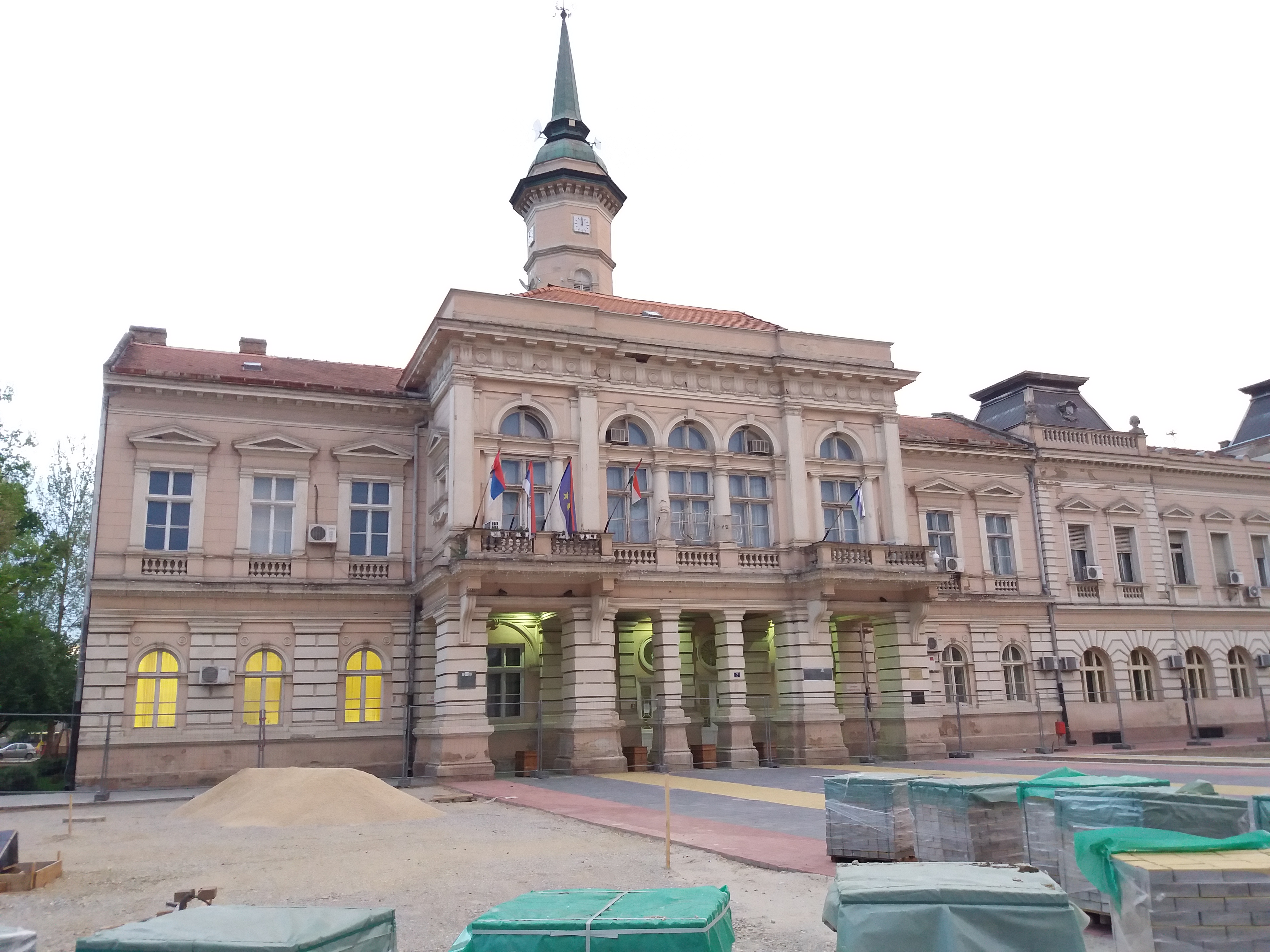
The town was mentioned first during the administration of the Kingdom of Hungary in 1091 under Latin name Bechey and later in 1238 under Hungarian name Becse. Name probably originated from Bechey family that had possessions in this area. In the 15th century (from 1419 to 1441) the town was a possession of the Serbian despot Djuradj Brankovic. In the end of the 15th century, army of the Kingdom of Hungary led by Serbian despot Vuk Grgurevic defeated the Ottoman army near Becej. In 1551, an Ottoman army led by Mehmed Pasha Sokolovic conquered the town. Becej was administered by the Ottomans between 1551 and 1687 (nominally to 1699) and was part of the Sanjak of Segedin.
In the end of the 17th century the Ottoman administration was replaced by Habsburg one and settlement was populated by ethnic Serbs from Banat who ran away from the Ottoman Empire. Between 1702 and 1751, the town belonged to the Tisza-Maros section of the Habsburg Military Frontier. After the abolishment of this part of the Frontier in 1751, many Serbs that lived in the town emigrated to Russia (notably to New Serbia and Slavo-Serbia). They founded a new settlement with name Becej in New Serbia.
First Serb elementary school in Becej was opened in 1703 and it is one of the oldest schools in Vojvodina as well as the first elementary school among Serbs. Hungarian elementary school was opened in Becej in 1765, while Jewish elementary school was opened in 1882.
Since 1918, Becej was part of the Kingdom of Serbs, Croats and Slovenes and subsequent South Slavic states. Today, Becej is town in Serbia.
The area of Novi Sad was inhabited since the distant past – the found remains of old settlements date back to the Neolithic period (5000 BCE). Before the middle ages, the region was inhabited by different tribes, including Celts, Romans, and Huns. Slavic tribes (including Serbs) settled the region around Novi Sad mainly in the 6th and 7th century. The region was under the medieval Kingdom of Hungary in the 11th and 12th century and afterwards under the Ottomans from 1526 until 1687, when Habsburg Monarchy took over the control.
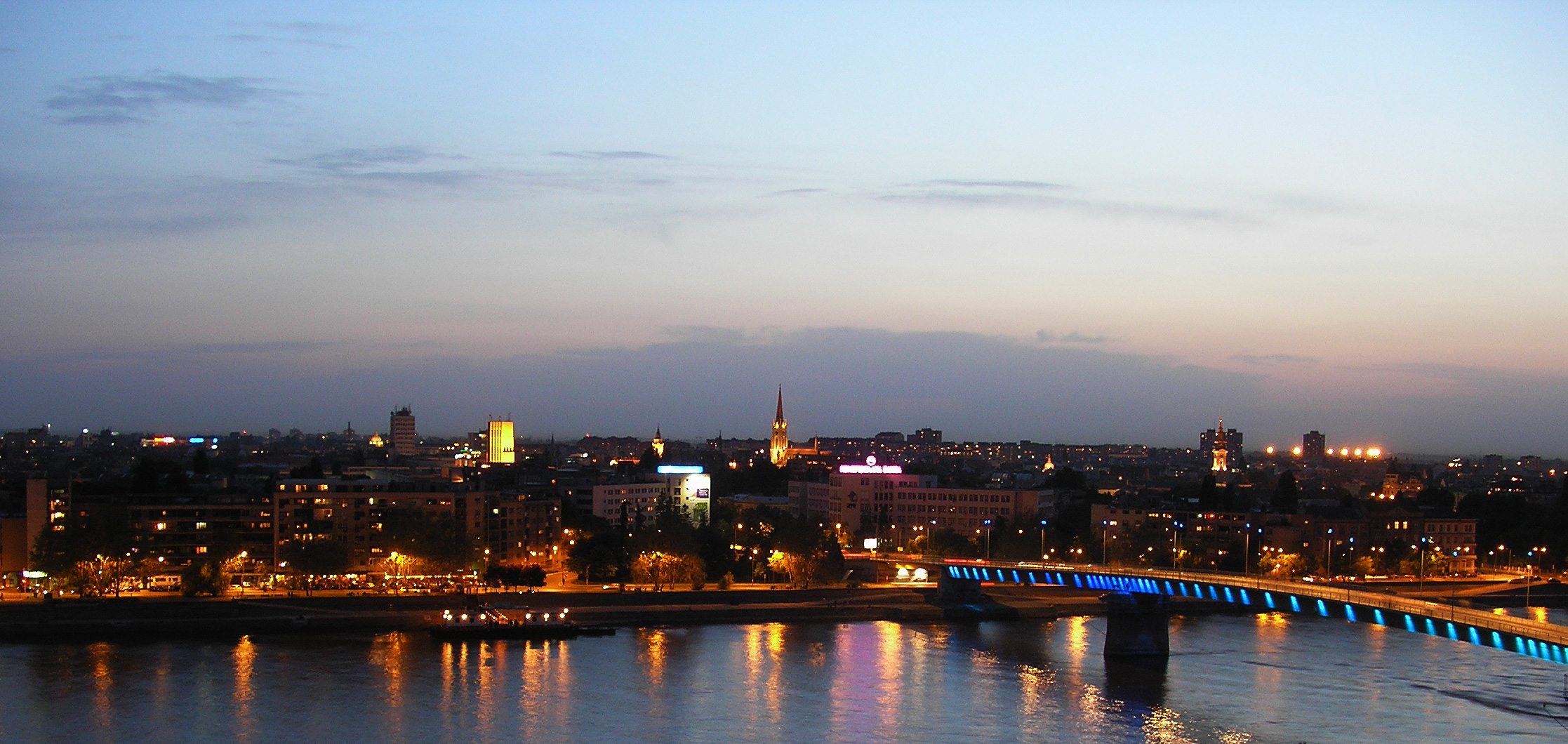
The settlement was declared a “free royal city” by the Habsburg empress Maria Theresa in 1748, and it gained its present names Novi Sad, Újvidék, and Neoplanta, meaning “new plantation” in Serbian, Hungarian, and Latin, respectively. For much of the 18th and 19th centuries, this was the largest Serb-inhabited city in the world, part of the Austro-Hungarian Empire until the end of World War I in 1918, when it became part of Kingdom of Serbia. During World War II, it was under Hungarian occupation.
After the World War II, the city went through rapid industrialization and its population more than doubled in the period between World War II and the breakup of Yugoslavia after the fall of the Soviet Union. Devastated by bombardment that lasted 78 days during the Kosovo War of 1999, Novi Sad was left without any of its three Danube bridges, and with significant damage to its infrastructure including communications, water, and electricity. Residential areas were cluster-bombed several times while its oil refinery was bombarded daily.
Novi Sad has mostly recovered from the 1990s and it has grown strongly since 2001, shifting its economy from industry-driven to the tertiary sector. It is home of the national headquarters of numerous banks, third largest insurance company in Serbia, and major energy companies. Novi Sad is also a growing information technology center in Serbia.
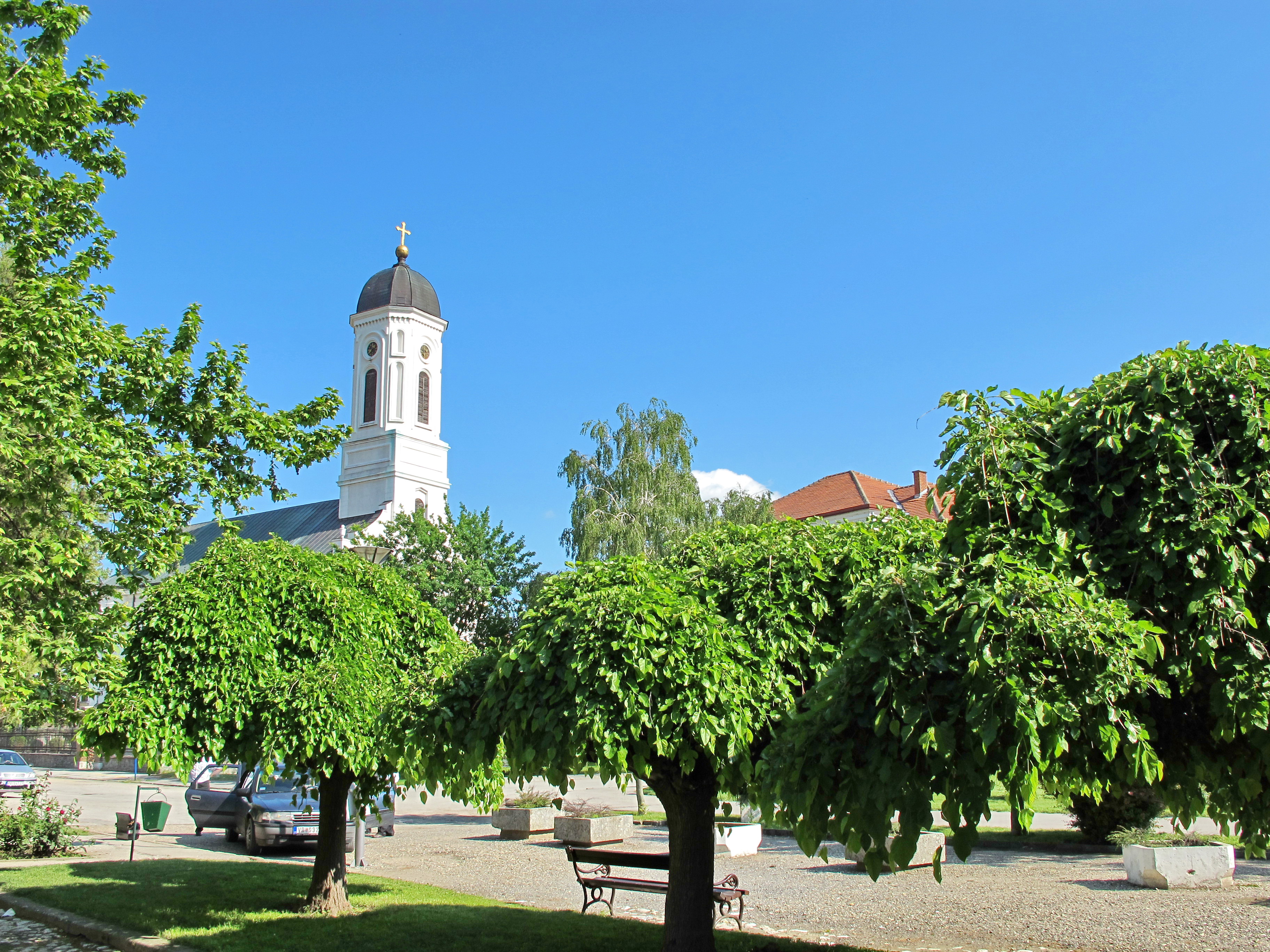
Veliko Gradiste, SERBIA
In the foothills of the Carpathian and Homolje Mountains at the confluence of the blue Danube and the gold-bearing Pek, lies Veliko Gradiste. It is, above all, a beautiful little town with wide streets, and multitude of flower gardens, always green lawns and nicely arranged terraces. With its beautiful Danube quay and the old bazaar, it is a feast for the eyes and a balm for the soul, and the Silver Lake with its wood of white acacias is a health factory. At a distance of 114 km from Belgrade, Veliko Gradiste lies on the Iron Gate road, and as Veliko Gradiste’s territory starts in Ram, this area is called the entrance to the Djerdap gorge.
GRADISTE! The legend says that a long time ago a cart loaded with various goods arrived in town. Asked whether he really had to come every day, the trader laconically answered “I have to, this a big town requires. That’s how the town got its name. It has a nice entrance, clean streets, an old bazaar preserved from Turkish times, a well-stocked market, a beautiful spacious square, a centennial park with monuments to the soldiers of World Wars I and II and a monument to Vlastimir Pavlovic Carevic, a beautiful paved esplanade from the town to the Silver Lake, beaches on the Danube and the Pek. The beautiful town center – Grain Square with the district office (municipal building), the library which harbors a permanent exhibition of sculptures by Milan Besarabic, and the high school. And above all a rich cultural and entertainment life from May until September.
It has been reported that, in ancient times, navigating the Danube in search of the Golden Fleece, the Argonauts and their legendary Odysseus passed by Ram reaching the magical place where the blue and silvery reflection of the Danube mixes with the gold of Homolje. Here they stopped, enchanted by the beauty of the Danubian Nymphs. And precisely here, at the estuary itself of the Pek, the so much sought-after golden fleece was located.
Times passed and the Romans built their fortress Pincum here, an important stopping place on the imperial road. The Roman emperor Hadrian rewarded it with special money that was minted here. Here the Turks as well had their own castle. And so, for centuries, this town, appealing to all, was the venue of numerous nations and their cultures, reminding everybody that here the Danube shines like silver
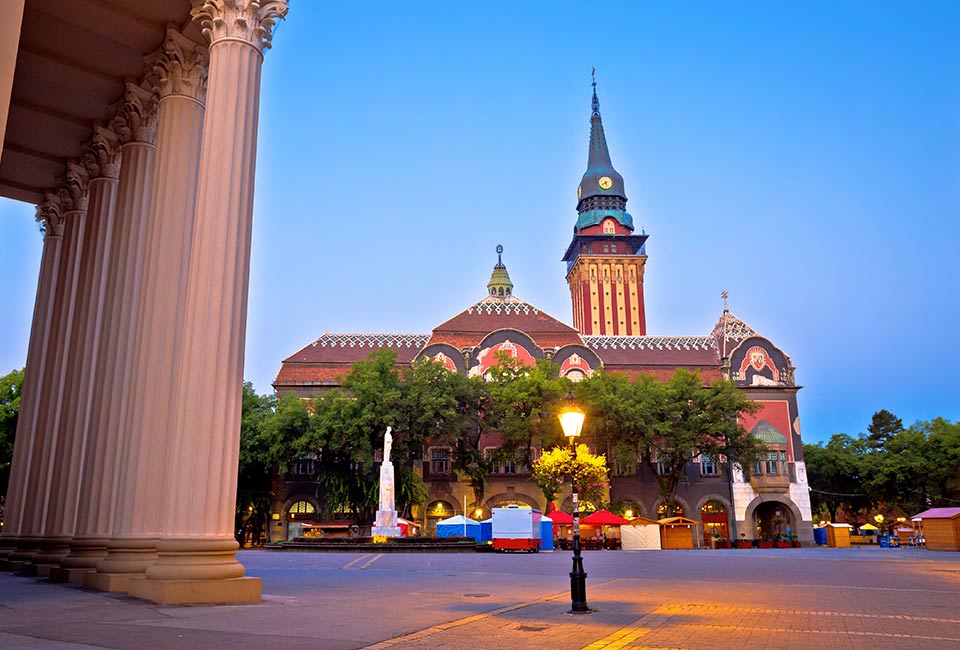
Note: If information or photos used here are copyrighted, please contact us and we will immediately delete the copyrighted material.

